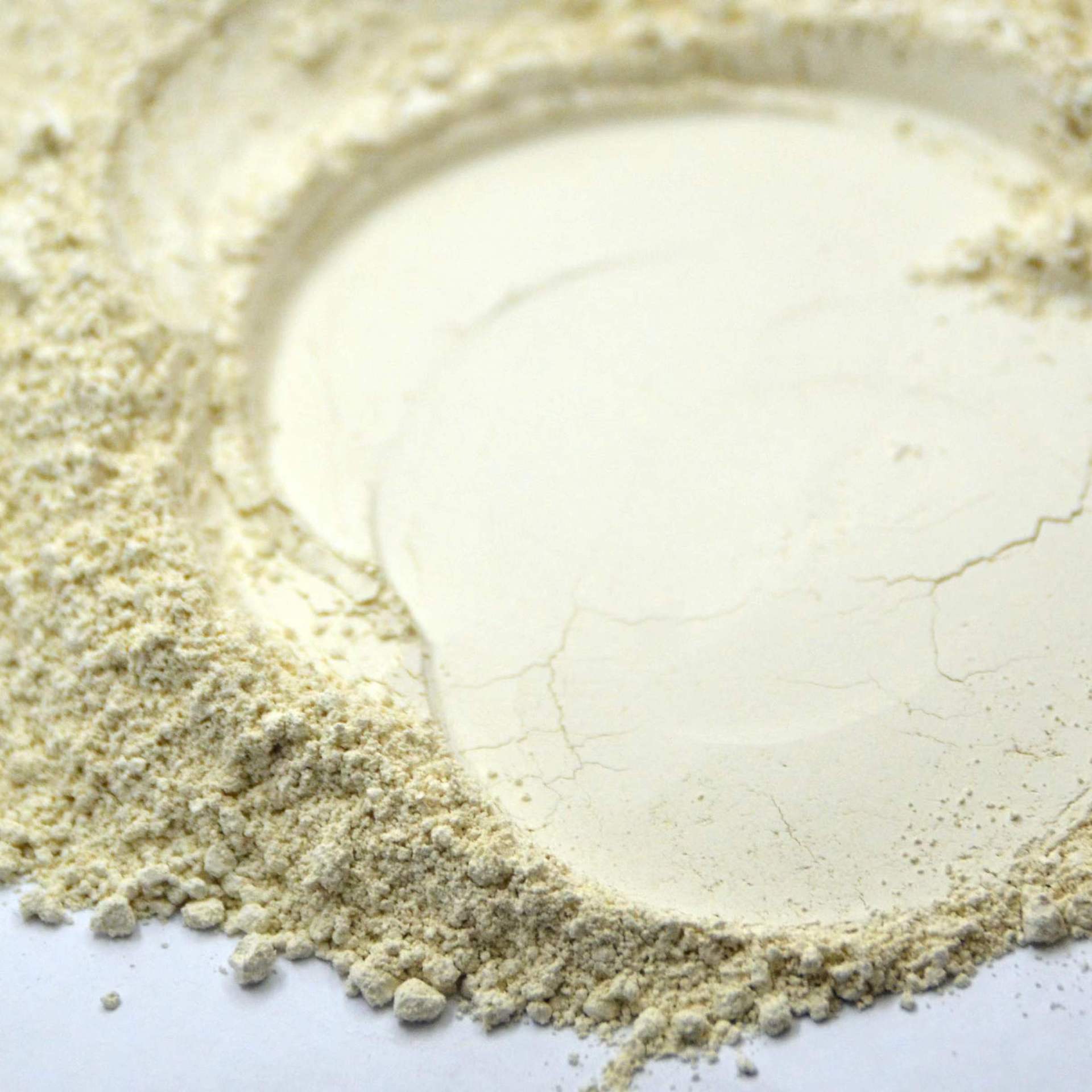
Using Clay Pebbles in Orchid Cultivation for Enhanced Drainage and Aeration in Potting Mix
The Benefits of Using Clay Pebbles for Orchids A Comprehensive Guide
Orchids, known for their stunning beauty and diverse forms, have captivated plant enthusiasts and gardeners around the world. However, cultivating these delicate blooms can often be a challenge, especially when it comes to providing the right growing medium. One increasingly popular option for orchid care is clay pebbles, also known as expanded clay aggregate or grow rocks. In this article, we will explore the advantages of using clay pebbles for orchids and how they contribute to the health and vitality of these exquisite plants.
What Are Clay Pebbles?
Clay pebbles are small, lightweight balls made from natural clay that has been heated and expanded in a kiln. They are typically about 1 to 2 inches in diameter and possess a porous structure, which provides excellent aeration and drainage. This makes them an ideal choice for growing orchids, which thrive in conditions that closely mimic their natural habitats – typically, high humidity and excellent airflow.
Advantages of Clay Pebbles for Orchids
1. Excellent Drainage
One of the foremost advantages of using clay pebbles for orchids is their superior drainage capabilities. Orchids are epiphytic plants, meaning they commonly grow on trees and require their roots to remain aerated. In traditional potting mediums that retain too much moisture, orchid roots can easily rot. Clay pebbles facilitate proper drainage, allowing excess water to escape quickly while also retaining enough moisture to support the plant.
2. Aeration
In addition to drainage, clay pebbles also provide outstanding aeration. The porous nature of these pebbles ensures that air can circulate around the roots, preventing stagnation and promoting healthy root growth. This aeration mimics the natural conditions orchids experience in the wild, where their roots are exposed to air rather than submerged in heavy soil.
3. Lightweight and Easy to Handle
clay pebbles for orchids

Clay pebbles are incredibly lightweight compared to traditional potting soils. This makes them easy to handle and an excellent choice for hanging baskets or vertical gardens, where weight may be a concern. Additionally, this lightweight nature allows for easy adjustment and repositioning of pots without the risk of breakage or injury.
4. pH Neutral
Another significant benefit of clay pebbles is their pH neutrality. They do not alter the acidity or alkalinity of the growing medium, creating a stable environment for orchids. This is particularly advantageous for sensitive orchids that may react adversely to fluctuations in pH levels.
5. Reusable and Sustainable
Clay pebbles can be washed and reused, making them a sustainable choice for environmentally-conscious gardeners. After a few growing seasons, simply rinse the pebbles to remove any build-up of salts or debris, and they are ready to be used again. This not only saves money but also reduces waste.
How to Use Clay Pebbles for Orchids
To get started with clay pebbles, begin by rinsing them thoroughly to remove any dust or residue. Then, layer a few inches of clay pebbles at the bottom of your orchid pot for drainage. Follow this with a mix of clay pebbles and orchid bark to create a well-aerated medium that retains just enough moisture. Place your orchid in the pot and fill in around the roots with additional clay pebbles, ensuring that the roots are adequately covered without being compacted.
Conclusion
In conclusion, clay pebbles offer a multitude of benefits for orchid cultivation, making them an excellent choice for both novice and experienced gardeners alike. Their exceptional drainage, aeration, lightweight nature, pH neutrality, and reusability make them a practical and sustainable solution for nurturing these beautiful plants. As you embark on your orchid-growing journey, consider incorporating clay pebbles into your potting mix for healthier, more vibrant orchids.
Share
-
Premium Pigment Supplier Custom Solutions & Bulk OrdersNewsMay.30,2025
-
Top China Slag Fly Ash Manufacturer OEM Factory SolutionsNewsMay.30,2025
-
Natural Lava Rock & Pumice for Landscaping Durable Volcanic SolutionsNewsMay.30,2025
-
Custom Micro Silica Fume Powder Manufacturers High-Purity SolutionsNewsMay.29,2025
-
Custom Mica Powder Pigment Manufacturers Vibrant Colors & Bulk OrdersNewsMay.29,2025
-
Custom Micro Silica Fume Powder Manufacturers Premium QualityNewsMay.29,2025






